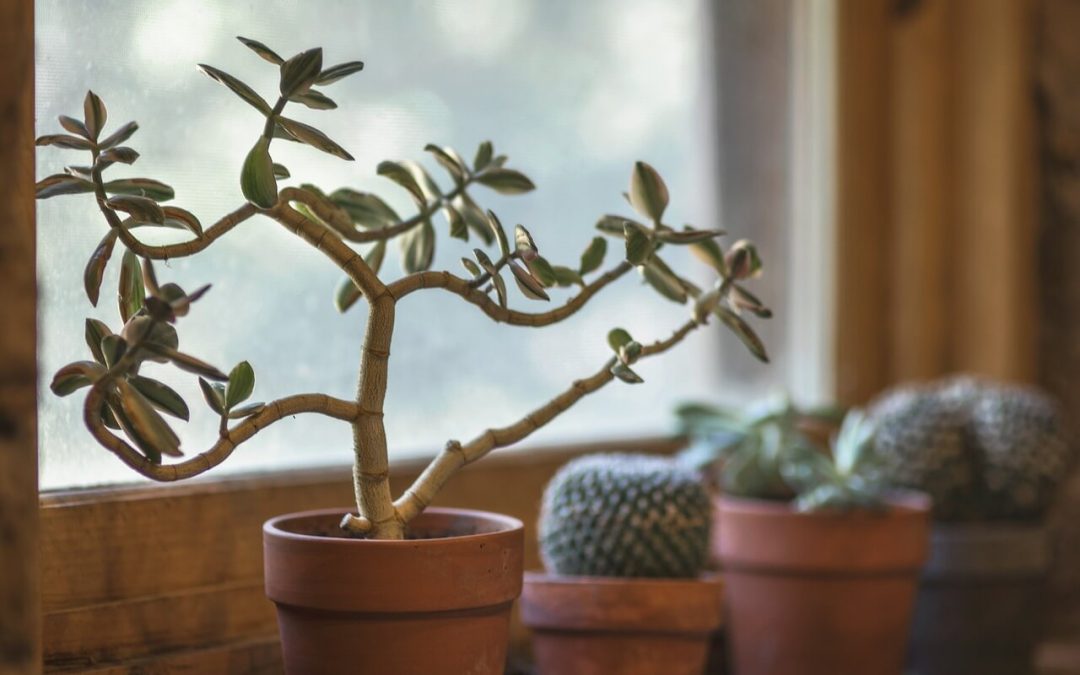Houseplants are beautiful additions to your home decor; they’re a living element that can transform the feel of any room. For those who enjoy nature, incorporating houseplants enriches your living space aesthetically, purifies the air, and enhances your mood. Here are a few creative ways to decorate your home with houseplants that suit any style.
Whether you’re a homeowner with a green thumb or a renter looking to update your space with minimal effort, you’ll find value in learning to decorate with houseplants. Even if you don’t have experience with plants, there are low-maintenance varieties anyone can grow.
The Benefits of Caring for Houseplants
There are a myriad of benefits associated with caring for houseplants. They’re not just about aesthetics—houseplants can contribute to your well-being. Studies have shown that keeping plants indoors improves air quality by filtering out volatile organic compounds (VOCs) and releasing oxygen. Science also shows that the simple act of tending to plants reduces stress and positively impacts mental health.
Decorate with Houseplants: Bring Life to Your Home
Here are some inspired ideas to integrate houseplants into your living area, whether you are working with sprawling spaces or cozy nooks:
- Choose small, delicate plants like ferns or succulents to complement spaces on bookshelves, coffee tables, or desks.
- Use vertical space by installing hanging planters – for trailing varieties like pothos or a spider plant.
- Group plants of varying heights on plant stands or shelves for an artful display.
- Brighten the window sills with sunlight-loving houseplants such as herbs or flowering species like African violets.
- Add drama to any room with a large, statement-making plant like a fiddle leaf fig or monstera deliciosa.
- Create a natural privacy screen or room dividers with tall bamboo or snake plants.
The best part of decorating with houseplants is that your designs can be ever-evolving. Each plant can elevate the space, changing with the seasons and your decorative style.
Low-Maintenance Houseplants to Decorate Your Home
Not everyone has the time or knack for intensive plant care, so low-maintenance houseplants make great decorative choices. Some of the best low-effort but highly rewarding plants are listed below.
- Snake Plant: Tolerant of low light, irregular watering, and general neglect.
- ZZ Plant: Thrives in low-light conditions and requires minimal watering.
- Pothos: This hardy vining plant can survive various lighting conditions and is forgiving if you forget to water it.
- Spider Plant: Adapts to a variety of environments and does well with occasional watering.
The key to low-maintenance plant care is understanding the specific needs of each variety. Even the hardiest plants have limits, so give them the right light, water, and soil conditions to keep them thriving.
With these tips, you are on your way to creating a greener home environment. Explore different plants and decor ideas to enjoy the texture, color, and life plants bring to every space they inhabit.
FAQs
Can I incorporate houseplants into my decor with limited space or natural light?
Opt for low-light tolerant plants like snake plants, ZZ plants, and pothos, which can thrive in areas with minimal sunlight. If you don’t have floor space for large planters, use creative solutions such as wall-mounted planters, hanging baskets, or vertical gardens to maximize space and bring greenery into your home.
Are there non-toxic houseplants that are safe for a home with pets?
Yes. several houseplants are pet-friendly and safe to have around cats and dogs. Some examples include spider plants, Boston ferns, African violets, and money plants. If you live with animals, research each plant thoroughly, as some varieties may still pose risks to pets if ingested in large quantities. Place houseplants out of reach of pets and monitor them closely to ensure their safety.
Which houseplants that thrive in humid environments, such as bathrooms or kitchens?
Examples include peace lilies, spider plants, ferns, and orchids. These plants naturally thrive in high humidity and help purify the air while adding beauty to indoor spaces. Provide proper drainage and ventilation to prevent mold or mildew growth in these environments.
How can I prevent common issues like overwatering or pests when caring for houseplants in my home?
Establish a consistent watering schedule and avoid waterlogging the soil. Allow the soil to dry slightly between waterings to prevent root rot and fungal diseases. Regularly inspect your plants for signs of pests such as aphids, spider mites, or mealybugs, and treat infestations promptly to prevent further damage.
How can I determine the right size of planters or pots for my houseplants to ensure they have enough room to grow?
When choosing pots for your houseplants, consider the size of the plant and its root system. Select a pot that provides enough room for the plant to grow without being too cramped. As a general rule, choose a pot that is 1-2 inches larger in diameter than the plant’s current container and has drainage holes to prevent waterlogging. Don’t use pots significantly larger than the plant, as excess soil can retain too much moisture and lead to root rot.
If you need professional home inspection services in Boca Raton, Coral Springs, Fort Lauderdale, Gainesville, Hollywood, Pompano Beach, FL, and the surrounding areas, look no further than RMI Inspections. We offer comprehensive inspection services to ensure your home is in prime condition. Contact us to request an appointment.

